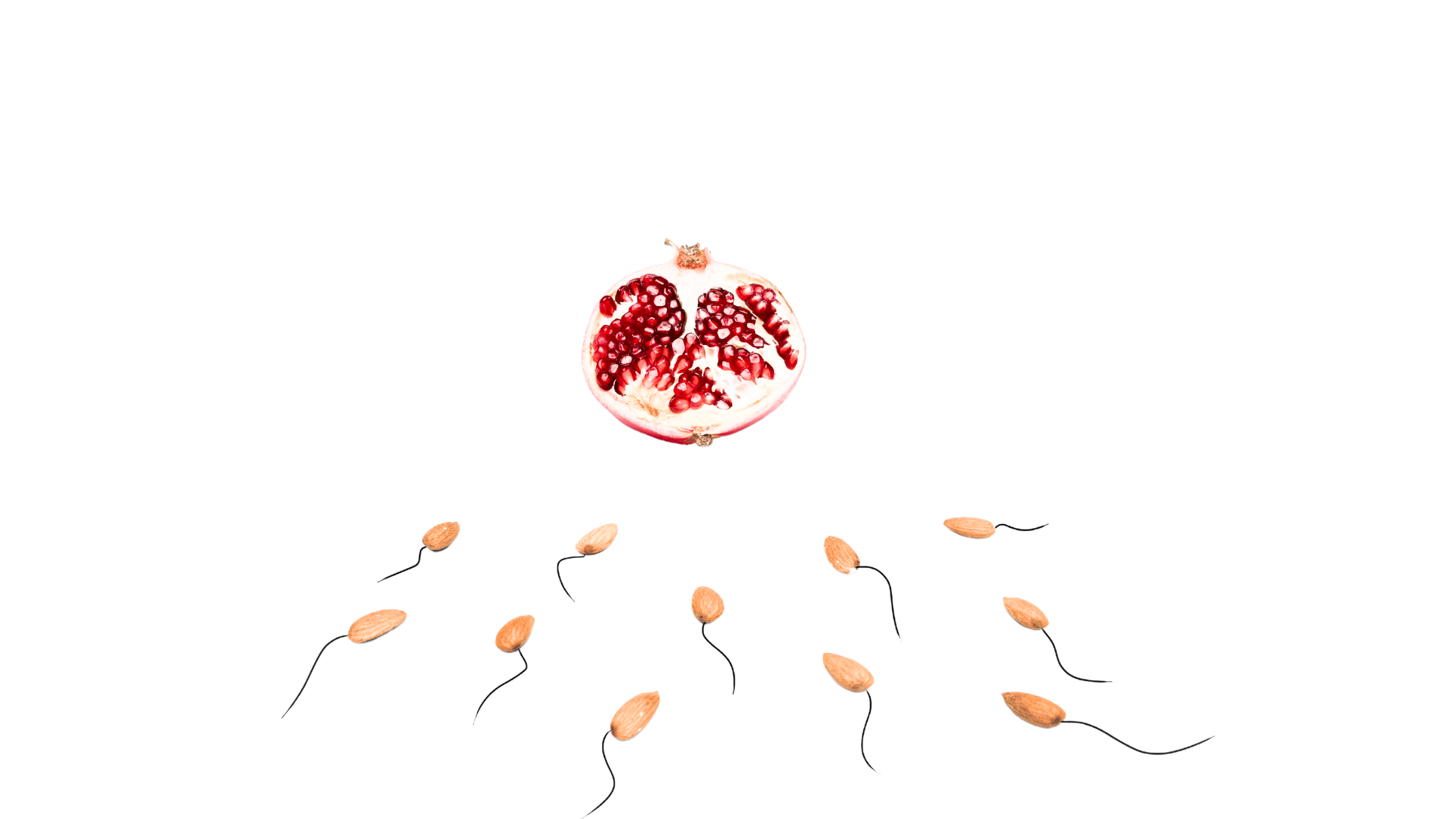“Do You Have Luteal Phase Defect?” | myMindBodyBaby
According to Resolve, a national infertility association based out of the United States, there are a few criteria you can use to determine if you may have Luteal Phase Defect (LPD).
- Is your luteal phase less than 12 days long?
- Do you have vaginal spotting before you get your menstrual bleed?
- Have you noticed a slow or low rise in your basal body temperature chart following ovulation? (to learn more about temperature tracking read this)
- Have you had a vaginal ultrasound just prior to ovulation to document an adequately thick endometrium (a normal range is 6-10mm)?
- Has the doctor taken a blood test to evaluate progesterone levels mid-way between ovulation and your menstrual cycle? (A level of less than 10 nanograms may indicate a problem.)
- Did you have had an endometrial biopsy? Was it done after day 21 in your cycle?
- If the endometrial biopsy showed a “lag” and you are being treated for a luteal phase defect, will another biopsy be done in the future to evaluate results?
- Have been on clomiphene? Has the doctor evaluated your luteal phase? Clomiphene can sometimes thin the endometrial lining of the uterus.
- Some new tests to evaluate the uterine lining during the luteal phase include Doppler ultrasound and the evaluation of the integrins in the endometrial tissue. Talk with your doctor about these tests.
And while of course, this list doesn’t replace medical advice, perhaps the symptoms you have been experiencing are not just random, maybe they are pointing to LPD.
![]()
Let’s start at the beginning
The luteal phase begins in the second half of a woman’s cycle – after ovulation. Generally, but not always, this cycle will last approximately 12-14 days. During this time, progesterone is increasing, signaling the preparation of the uterine lining for a fertilized egg. If there is no fertilized egg or these hormones are not produced in optimal levels then a menstrual cycle (period) will begin.
LPD is often characterized by a luteal phase that is 10 days or shorter – meaning from ovulation to the first day of your period. This shorter phase doesn’t allow for the uterus to develop a lining that is thick enough for a fertilized egg to implant or stay implanted.
It is suspected that the Luteal Phase Defect is linked with the development of the uterine lining (endometrium) and is associated with early miscarriage and infertility. The thinking is that either the levels of progesterone are not adequate and or, the endometrium isn’t responding to the signals from the progesterone.
The problem
Because LPD is thought to be a result of inadequate levels of progesterone and therefore the uterine lining isn’t thick enough, miscarriage is one common symptom of LPD.

Other symptoms include
- Spotting between periods
- Disrupted basal body temps after ovulation*
- Trouble conceiving
- Infertility
- Low libido
- Headaches and migraines
- Sleep disturbance
- Moody
Risk factors for LPD
- PCOS
- Endometriosis
- Hyper or Hypothyroid
- Obesity or underweight
- Stress
- Aging
- Hyperprolactinaemia
- Very low cholesterol levels
- Excessive exercise
*If you are not already, or not with a fertility clinic, consider charting your basal body temperature each month. This will allow you to see any irregularities in your temperature within your luteal phase. Use this digital monitor we put together for you here:
18]
Unfortunately, there is some debate within the medical community as to the validity of LPD – some say there just isn’t enough research to support this condition, others cite the empirical nature of the diagnosis. However, if you do believe you have LPD or you have been diagnosed with it, let’s talk about lifestyle support strategies to address it.
Foods that encourage progesterone production
*Note: since progesterone is a hormone, there are no foods that actually contain progesterone, so we need to focus on foods that help the body increase its production.
Foods high in Vitamin C
Research shows that women who take Vitamin C have higher levels of progesterone levels. This could be due to the antioxidant nature of vitamin C. Foods high in vitamin C include citrus, bell peppers, kiwi, broccoli, and strawberries.
Speaking of antioxidants
A 2005 study out of Center for Advanced Research in Human Reproduction, Infertility, and Sexual Function in Cleveland, Ohio, found that women who had a short luteal phase and reoccurring miscarriages had lowered levels of antioxidants than those who did not have LPD. Foods high in antioxidants include spices like turmeric and cayenne, blue and blackberries, kale, goji berries, and beets.

___________________________________________________________________________________
Annndddd speaking of beets, research is really starting to get on board with its already suspected superfood status. In this study, it states that “beetroot contains nitric oxide, which dilates blood vessels allowing a rich supply of oxygenated, nutrient-rich blood to flow to the uterus…” This particular study focused on IVF success and it concluded: “no miscarriages in the treatment group” (those taking beetroot, ginger, and watermelon juice), and “18% of the patients in the control group suffered miscarriages”, those not drinking the beetroot, ginger and watermelon juice. This is pretty amazing don’t you think?!
___________________________________________________________________________________
Fibre
Foods high in fiber are important for all types of hormonal balance. Fiber helps to draw excess and unwanted toxins and hormones out of the body. Since hormones ebb and flow over the course of a cycle, it’s important that the body remove certain hormones when they are not needed so the balance of hormones maintains itself. For example, estrogen dominance is one of the main factors that lead to low progesterone levels. Estrogen and progesterone have a delicate balance- one controls the other. One of the ways hormones are shed when they are in excess or not needed anymore is through the stool, and so fiber makes this exit more efficient. Foods high in fiber include chia seeds, quinoa, fresh vegetables, raw nuts, and seeds.
Cholesterol
Yes, you read that correctly! We NEED cholesterol in order for our bodies to manufacture progesterone. Sources of GOOD cholesterol include avocado, coconut oil, and olive oil. FYI, good fats like the ones I listed also help to support the overall balance of blood sugars. Doing so in turn helps to support the delicate balance of all hormones in the body.
Just as important would be to understand the foods that would hinder overall hormonal imbalance, and that would negatively impact progesterone production.
Foods to avoid with LPD
- Research shows that insulin resistance or blood sugar imbalances can greatly reduce progesterone in the luteal phase. What does this mean? Simply, too much sugar too often can impact your hormones and this can lower your progesterone levels! This is major! So we gotta cut the junk…down, way down. Common culprits include foods that are made predominantly from white flours like bread, pasta, crackers, chips, and other white foods like rice and potato. And of course, there is the obvious stuff like pop, alcohol, sweets, pastries, ice cream, sugar in your coffee, and flavoured yogurts.
PCOS ladies did you hear that?

- Estrogen dominance occurs when a woman produces more estrogen relative to progesterone. While we need both for a happy ebb and flow during our monthly cycle, too much or too little of any one hormone can create major issues to this delicate balance. For example, not only does too much estrogen dampen progesterone production, but it also leads to diminished levels of thyroid hormones. And, btw, you need optimal thyroid function for conception. So what foods create estrogen dominance? I’m going to sound like a broken record here but, sorry to say it’s all the good stuff. See the above paragraph for the list of AVOID foods. Also, for those of you who are serious about this – check out this article I wrote on xenoestrogens and how they affect our hormones.
So, in case I didn’t make my point above – here it is. Any white flours and sugars – sweets and treats – when eaten too often WILL create a hormonal imbalance. Hormonal BALANCE is NEEDED for not only progesterone production but also aids in many facets of our lives including sleep, energy, metabolism, mood, ovulation, and of course conception!
Understanding what foods help and hinder hormonal balance is critical, but I would be remiss if I didn’t speak about the elephant in the room…stress.
Let’s chat about how stress can impact LPD
Some interesting facts:
- when you are stressed, your body does not efficiently use the progesterone you do make – so if you are not making enough (see below bullet point) you will already be at a disadvantage for having adequate levels
- when you are stressed, your body produces a hormone called cortisol. The problem when it comes to fertility and LPD is that during stress your body will preferentially make cortisol over progesterone.
And I get it; infertility, work, life, etc are stressful…so it’s important to find tools you can use to help curb some of the effects of stress on your body.
Here are some of my go-to stressbusters
- read
- music – consider Long Time Sun by Snatum Kaur– Lyndsey (our resident fitness expert), and I both listened to this a lot through our struggles.
- baby dance *wink wink*
- Lyndsey created a quick, no-fuss routine for you below
- snuggle with your pooch
- take a bath or shower
- do your nails
- escape to a cottage or a friend’s house for a day or two
- cook
- sew, do crosswords, dance, sing… whatever your hobby might be
- or, do nothing! Maybe you need to stop the lists, the hustle, and bustle and just do less
The point is to do what works for YOU and cling to it for dear life…cuz this crazy road through infertility can be tough and we need to have all the ammo we can right?

20 Minute Luteal-Friendly Workout
Warm-Up – 3 minutes
- Light March (1 minute): engage your core, keep arms at 90 degrees with a slight bicep flex
- Roll Downs with Inchworm Walk Out (1 minute): tuck chin to chest and roll down to reach towards the floor, walk your hands out until you are in a plank position, then walk hands back into feet and roll-up.
- Knee Hugs (1 minute): Bring one knee at a time towards your chest, hold for a breath, repeat on other side
Circuit – 14 minutes (repeat circuit 3 times)
- 15 Shoulder Jump Squats: feet shoulder-width apart, keeping knees behind toes, squat down, jump up
- 30 Alternating Front Lunge Jumps: lunge forward, knee above ankle, jump or stand up and repeat on the other side
- 30 s Plank: performed on knees or toes, engage the core, bring shoulder blades down your back
- 10 push-ups: performed on knees or toes or against a wall
Cool Down – 3 minutes
- Light March (1 minute): engage your core, keep arms at 90 degrees with slight bicep flex
- Gentle Stretching (2 minutes)
A gift for you
Navigating the treacherous waters of infertility is rough – the timelines, the waiting, the physical, financial and emotional toll can at times, be unbearable. On top of that, dealing with a hormonal condition like LPD, can leave you feeling helpless. The good news, there is a lot you CAN do! Use the above suggestions to get you started. Want more? Check out our FREE Fertility Fundamentals guide to help you take control of your food, fitness, and stress and get those hormones in check.
19]
And when you are ready to kick things up a notch, we’ve got you covered with doctor-recommended, researched-based programs for all stages of your journey – click here to learn more!




